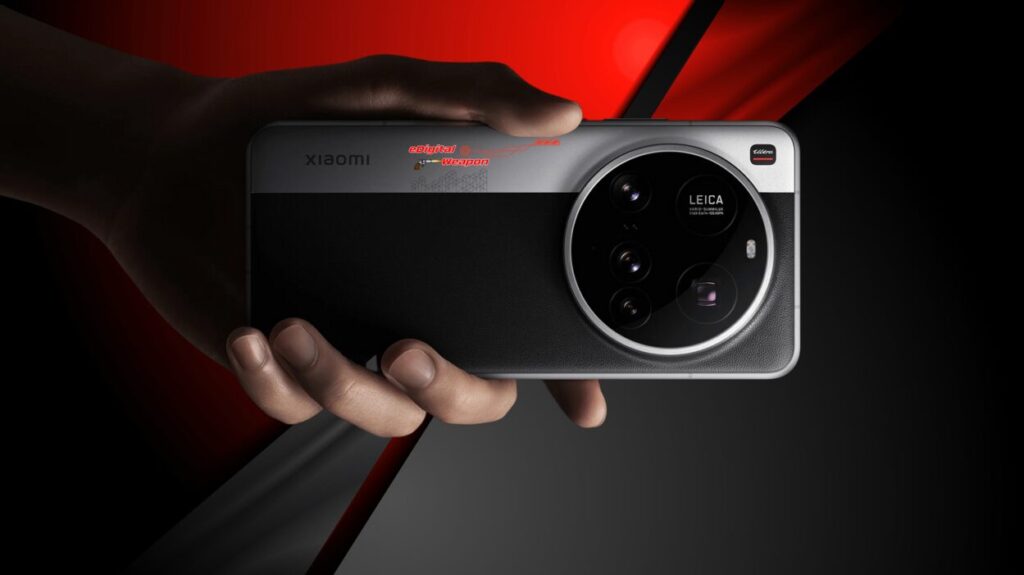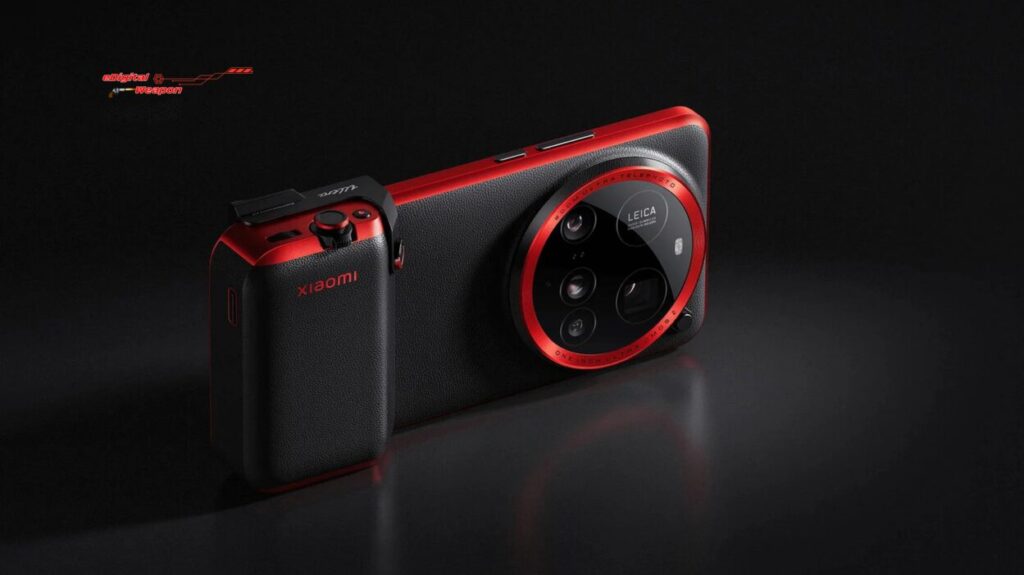How Thick is the Xiaomi 15 Ultra Compared to the 14 Ultra?
🚀 Introduction
The Xiaomi Ultra series has been making waves in the smartphone world, combining elite specs with bold design choices. With the arrival of the Xiaomi 15 Ultra, fans are wondering: How thick is it compared to last year’s Xiaomi 14 Ultra?
Thickness might sound like a minor detail, but it plays a huge role in how a phone feels in your hand, slips into your pocket, and even how it dissipates heat. Let’s break down exactly how the Xiaomi 15 Ultra stacks up to its predecessor, the 14 Ultra, in terms of thickness.

📊 Quick Comparison Table: Xiaomi 15 Ultra vs 14 Ultra
| Feature | Xiaomi 15 Ultra | Xiaomi 14 Ultra |
|---|---|---|
| Thickness (Body Only) | 8.6 mm (approx.) | 9.1 mm |
| Thickness (With Camera) | ~12.3 mm | ~13.5 mm |
| Weight | 221g (glass) | 229g (glass) |
| Frame Material | Titanium/Aluminum | Aluminum |
📏 Xiaomi 15 Ultra Thickness
🔍 Official Thickness Measurement
Xiaomi has refined the design with the 15 Ultra, trimming it down to around 8.6 mm in thickness (excluding the camera bump). This marks a noticeable reduction compared to the previous generation.
📸 With and Without Camera Bump
Add the camera bump into the equation, and the total thickness jumps to about 12.3 mm. While still chunky, Xiaomi managed to compress its large camera system slightly more efficiently this time.
🔩 Build Materials and Their Impact on Thickness
The switch to a titanium alloy frame in some variants helped Xiaomi reduce thickness without compromising on strength. That’s premium design meeting real-world practicality.
📏 Xiaomi 14 Ultra Thickness
🔍 Official Thickness Measurement
The Xiaomi 14 Ultra came in at 9.1 mm, already pushing the envelope for flagship devices. While solid and premium-feeling, it was definitely on the thicker side.
📸 Impact of Camera Design on Bulk
Its aggressive camera housing pushed the thickness with the bump to about 13.5 mm, making it one of the thickest mainstream flagships of 2024.
🏗️ Structural Design Overview
The 14 Ultra favored a curved ceramic back, which gave it a thicker waistline. While it looked stylish, some users found it less ergonomic.
📐 Xiaomi 15 Ultra vs 14 Ultra: Side-by-Side Thickness Comparison
📎 Millimeter-by-Millimeter Analysis
Xiaomi 15 Ultra is 0.5 mm thinner in the body.
Including the camera, it’s about 1.2 mm slimmer overall.
🖐 Is the Difference Noticeable in Hand?
Surprisingly, yes! Even a few millimeters matter when you’re holding a phone all day. The Xiaomi 15 Ultra feels noticeably more refined and easier to grip.
📱 Implications for Case Compatibility
Don’t expect your old Xiaomi 14 Ultra case to fit. The new dimensions—especially around the camera—mean you’ll need a new case.
💡 How Thickness Affects Everyday Use
👆 One-Handed Usability
The thinner profile of the 15 Ultra makes it easier to maneuver one-handed, especially for those with average hand sizes.
👖 Pocket Friendliness
This is where it matters most. The Xiaomi 15 Ultra slides into pockets more smoothly than the 14 Ultra, particularly in jeans.
🛡️ Durability vs Sleekness
While slimmer phones may feel fragile, Xiaomi didn’t skimp on protection. Gorilla Glass Victus 2 and a strong frame keep things sturdy.
📸 Camera Bump Evolution
🔁 Design Changes from 14 Ultra to 15 Ultra
Xiaomi restructured the periscope lens and sensor alignment, managing to shrink the bump without losing power.
🧠 Impact on Thickness Perception
Even though the body is thinner, the camera bump still dominates the back view. However, its flatter and more streamlined look helps perception-wise.
⚖️ Weight and Thickness: Are They Related?
📦 Xiaomi 15 Ultra Weight
Despite being thinner, the 15 Ultra actually weighs slightly less — about 221g vs 229g for the 14 Ultra in glass models.
📉 Does Thinner Mean Lighter?
Not always — but in this case, it does. Xiaomi pulled off a rare feat of making the phone thinner AND lighter, thanks to smarter internal layout and materials.
🔋 Battery and Thickness Trade-Off
🔋 Bigger Battery, Thicker Phone?
Not here. The Xiaomi 15 Ultra still rocks a 5000mAh battery, yet keeps the frame slimmer. That’s impressive engineering.
🛠️ Optimization Techniques in Xiaomi 15 Ultra
Xiaomi has used layered motherboard stacking and smaller vibration motors to carve out space internally.
📉 Market Trends: Are Phones Getting Thicker or Thinner?
📱 Flagship Trends Across Brands
Most flagships are getting chunkier—thanks to camera tech and batteries—but Xiaomi is fighting that trend.
🤝 Xiaomi’s Approach Compared to Samsung, Apple, and OnePlus
Samsung S24 Ultra: 8.9 mm
iPhone 15 Pro Max: 8.25 mm
Xiaomi 15 Ultra: 8.6 mm
That puts Xiaomi comfortably in the slim-but-sturdy zone.
🗣️ User Reactions to the Xiaomi 15 Ultra’s Size
🤳 First Impressions
Users love the more compact feel despite the phone still being a photography powerhouse.
🎙️ What Tech Experts Say
Reviewers note that the slight reduction in thickness improves balance and ergonomics, especially during long camera sessions.

❓ Should You Upgrade Based on Size Difference Alone?
📌 Key Considerations
If the 14 Ultra felt bulky in your pocket or hand, the 15 Ultra offers a noticeably better handling experience.
✅ Final Verdict
Is it worth upgrading just for the thickness? Maybe not — but when combined with all the other enhancements, it’s definitely a sweet bonus.
✅ Conclusion
The Xiaomi 15 Ultra delivers more than just raw power — it brings subtle but meaningful design improvements, especially in how it feels. At 8.6 mm, it trims the fat compared to the 14 Ultra’s 9.1 mm, without losing battery life or camera greatness. That’s evolution, not just iteration.


